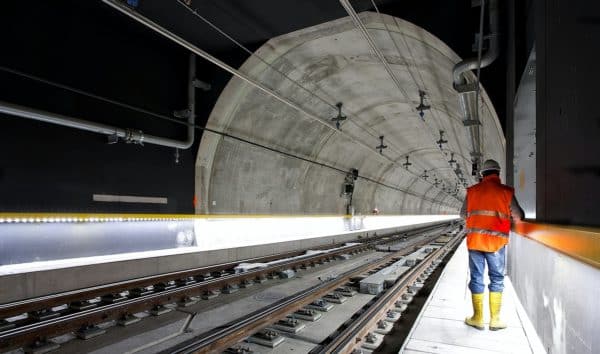The construction industry’s productivity “increase” is -0.32 percent per year, according to McKinsey, and project schedules and budgets are paying the price. 98% of all megaprojects slip by over 30%, and over 75% of big projects suffer cost overruns by 40% and more. With labor statistics showing many companies still feeling the effects of the pandemic, a labor shortage, and material delays and shortages, productivity is more important than ever to keep the construction sector alive and well.
We’ve put together five quick tips to help construction companies increase labor productivity, both in the field and the office.
How to improve productivity in the construction industry?
There are many ways to increase productivity in the construction industry. We have discussed 5 topics that will help you improve productivity in the construction. Construction productivity is very important for companies. When you increase productivity in construction, some of your expenses will decrease.
Productivity is particularly important in construction because it’s how contractors make money, and it greatly affects a project’s schedule. Construction productivity has been trending down in the past few years. According to the Bureau of Labor Statistics, construction productivity has been declining from 2007 to 2019 in single-family and multi-family residential and highway, street, and bridge construction. The only sector that increased production was industrial. More recent statistics show a similar pattern, with both highway and industrial construction showing losses in production rates from 2019-2021.
There are many factors that can influence construction productivity rates, including:
- Worker absences
- Weather
- Ergonomics
- Noise
- Time of day
- Length of shift
- Pay
- Efficiency of tools
- Lack of materials
- Unclear instructions
- Experience and skill level
- Lack of information
- Quality of supervision
- Regulations
- Safety requirements
- Coworker and team relationships
- Training
- Supply chain
Increasing construction productivity requires contractors to do everything they can to address as many of these issues as possible.
1. Adopt technology
Construction is one of the least digitized industries. Part of that is due to the hands-on nature of construction project work, but even some of the most intensive tasks can be made easier through the use of technology. From robots that help install windows to software solutions, automation and construction technology can lead to productivity improvement in the field and the office. Construction bidding websites and general contractor software are a great way to automate and streamline internal processes.
There’s a wide variety of construction management solutions available to contractors and construction workers looking to implement technology into their workflows to increase their productivity rate. Today, software solutions are available to help with:
- Design Collaboration
- Preconstruction/Bidding
- Trade Coordination
- Field Productivity
- Project Management
Construction has traditionally been the slowest industry to adopt technological advancements. Many contractors still run their companies on paper-based communication methods which can slow down communication between the office and the field, potentially slowing production. Workers on site have to chase down the proper documentation or are unaware of recent design changes and are working off old drawings. This can lead to expensive rework or delays while workers wait for the proper documentation to get to them.
Tools like cloud-based systems for storing plans and communicating with workers can help bridge the gap between the field and the office. With mobile technology, everyone has access to the latest version of the drawings and specifications at their fingertips. Workers on site are always working off the correct version of the drawings and don’t have to wait for plans to be printed and delivered before starting work.
Additional assets like integrated project management and accounting software allows teams to manage projects and get the latest cost information from wherever they are. Data entry mistakes due to human error are limited due to the single point of entry and automation of data collection.
2. Collaborate
The current contract structure for most construction projects and construction work leads to an adversarial relationship among project team members. Contractors see themselves as opposing forces with the design team and ownership. Contract language forces blame and responsibility down the chain to subcontractors and sub-subcontractors and suppliers. This often leads to finger-pointing and unnecessary claims.
Many project teams have found greater success in a collaborative approach where team members work together to complete construction projects. When members are assembled early in the project process, they have a greater chance of working together and coming up with creative solutions to project problems.
3. Improve training
With the current labor shortage in the industry and lack of young skilled workers able to work on a construction site, companies need to look to improve training programs to backfill their labor needs. Training can be provided within the company or through external partners, like unions and private construction schools, where students can learn construction safety tips and best practices for the industry. Proper training can also reduce construction site hazards and accidents.
Offering training to workers and potential employees helps with employee retention and improves the efficiency and quality of the work being provided.
4. Prefabricate
In a recent report, it was found that 70% of trade contractors recognized that prefabrication helped increase production, but only 14% used it to provide more than 50% of their work. A construction team needs to work together early in the project to identify potential prefabricated components that can be used to increase project efficiency.
Prefabrication can reduce the scheduled time for a project by up to half compared to traditional on-site construction methods, ultimately reducing inefficiency. This helps contractors take on more projects and earn more profits.
5. Communicate
In the Autodesk and Dodge report, 62% of general contractors said that lack of coordination and communication was a factor in reduced productivity. Maintaining communication on a job site among several project team members can be difficult, especially when companies struggle with their own internal communication. The need-to-know communication style used on most projects often leads to an overall lack of communication and increases adversarial relationships.
In construction, internal communications between the office, the field, and the job site are necessary to help prevent mistakes and meet critical deadlines. The more open communication a company has at all levels, the more successful the team will be in meeting their productivity goals.
As was mentioned above, communication on construction projects can always be improved. In particular, the gap between the office and the field can seem insurmountable at times, especially when contractors rely on outdated communication styles, like phone calls, emails, and paper documents or drawings.
Today’s projects require almost constant communication about the status of work in the field and changes to the design or scope of work. To facilitate this flow of information, teams rely on mobile devices, cloud storage, digital cameras, and online collaboration to stay up to date. The rise of videoconferencing during the pandemic has improved teams’ ability to collaborate and work together on the fly to address field issues. These types of innovations need to continue to be developed so workers know what work to perform without delays.
In conclusion, the journey towards improving construction productivity encompasses a multifaceted approach that demands attention to detail, innovation, and strategic planning. By focusing on strategies to improve construction productivity, companies can unlock new levels of efficiency and effectiveness within their projects. Whether it’s through adopting advanced technologies, refining project management techniques, or fostering a culture of continuous improvement, the potential to improve productivity in construction is vast. Moreover, the importance of improving productivity in the construction industry cannot be overstated, as it not only enhances project outcomes but also contributes to the broader economic and infrastructural development. As we move forward, it’s imperative for construction professionals to embrace these strategies, fostering an environment where productivity improvement is not just a goal, but a continuous journey towards excellence and sustainability in the construction sector.
Looking for a technology solution to help you find more projects to bid or more subcontractors? PlanHub is designed to meet the bidding needs of general contractors, subcontractors, and material suppliers. Contact us for a free demonstration.




